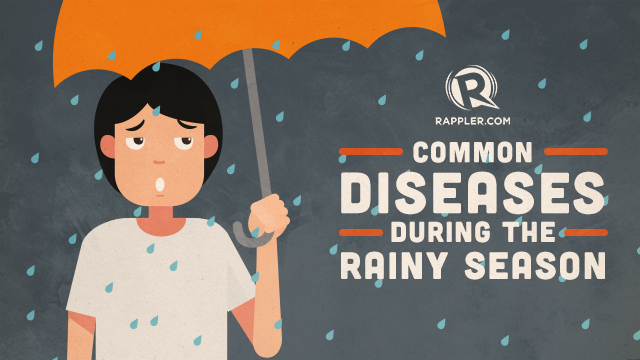A new study reveals that our body mass index interacts with our appreciation of food characteristics
- September 22, 2017
- Scuola Internazionale Superiore di Studi Avanzati
- A new study demonstrated that people of normal weight tend to associate natural foods such as apples with their sensory characteristics. On the other hand, processed foods such as pizzas are generally associated with their function or the context in which they are eaten. But that's not all. The research also highlighted the ways in which underweight people pay greater attention to natural foods and overweight people to processed foods.
A new study demonstrated that people of normal weight tend to associate natural foods such as apples with their sensory characteristics. On the other hand, processed foods such as pizzas are generally associated with their function or the context in which they are eaten.
"It can be considered an instance of 'embodiment' in which our brain interacts with our body." This is the comment made by Raffaella Rumiati, neuroscientist at the International School for Advanced Studies -- SISSA in Trieste, on the results of research carried out by her group which reveals that the way we process different foods changes in accordance with our body mass index. With two behavioural and electroencephalographic experiments, the study demonstrated that people of normal weight tend to associate natural foods such as apples with their sensory characteristics such as sweetness or softness.
On the other hand, processed foods such as pizzas are generally associated with their function or the context in which they are eaten such as parties or picnics.
"The results are in line with the theory according to which sensory characteristics and the functions of items are processed differently by the brain," comments Giulio Pergola, the work's primary author. "They represent an important step forward in our understanding of the mechanisms at the basis of the assessments we make of food." But that's not all.
Recently published in the Biological Psychology journal, the research also highlighted the ways in which underweight people pay greater attention to natural foods and overweight people to processed foods. Even when subjected to the same stimuli, these two groups show different electroencephalography signals. These results show once again the importance of cognitive neuroscience also in the understanding of extremely topical clinical fields such as dietary disorders.
Story Source:
Materials provided by Scuola Internazionale Superiore di Studi Avanzati. Note: Content may be edited for style and length.
Journal Reference:
- Giulio Pergola, Francesco Foroni, Paola Mengotti, Georgette Argiris, Raffaella Ida Rumiati. A neural signature of food semantics is associated with body-mass index. Biological Psychology, 2017; DOI: 10.1016/j.biopsycho.2017.09.001













